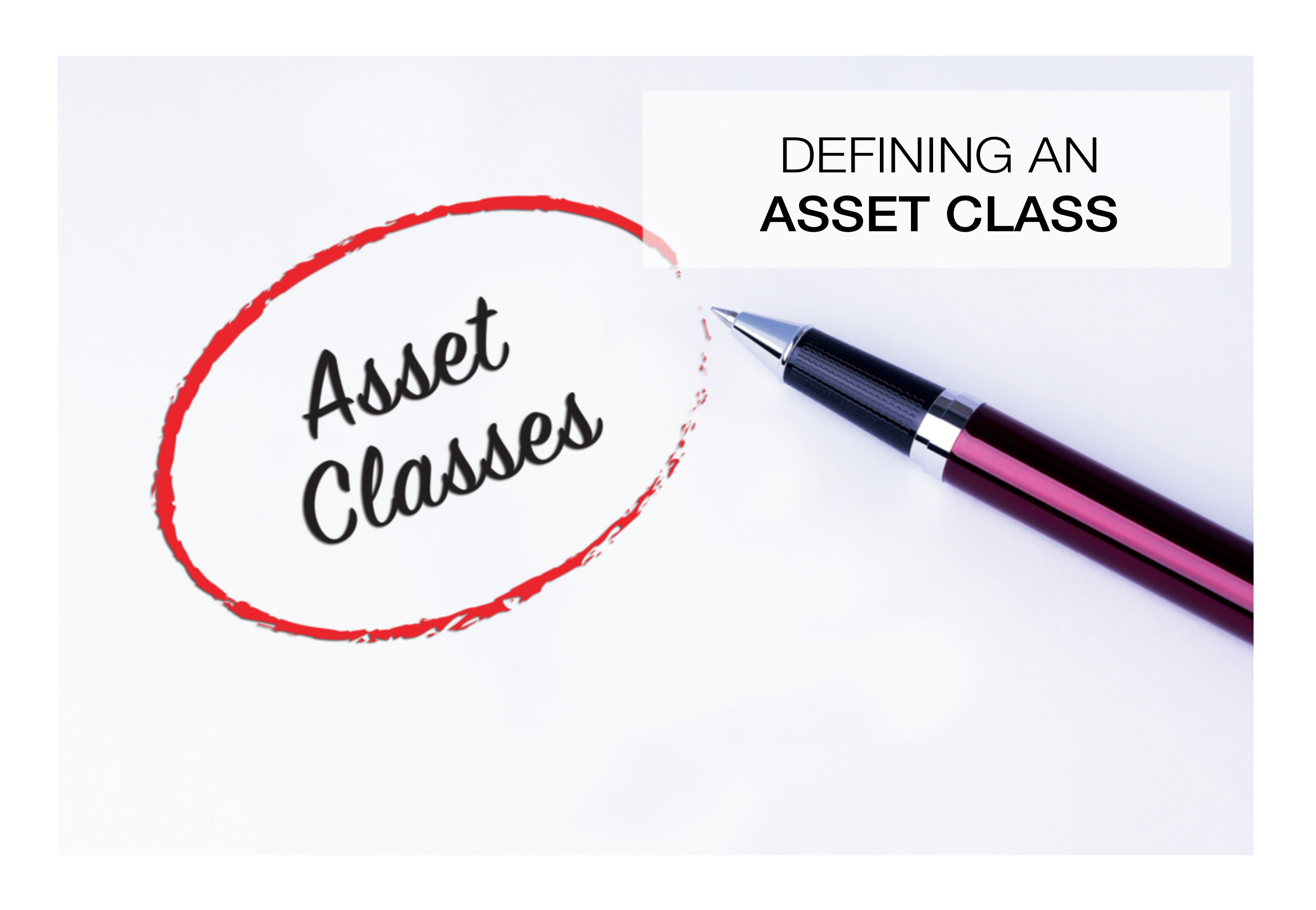It used to be easy to define an asset class. Investors had the limited choice betweenequities, fixed-income, cash, and commodities when constructing a portfolio. Then the asset management industry added several “alternative” assets, such as real estate, private equity, and hedge funds.
This expansion of asset classes allowed institutional investors, financial advisors, wealthy families, and family offices to tailor their portfolios with assets that were less correlated to traditional assets. It enabled the incorporating of hedges against downside risk as well as additional streams of income and asset appreciation.
Today, we have more options available to us beyond the six categories of listed above. For example, life insurance is another asset that should be considered a building block fora portfolio. After all, a policy can be used to convey wealth to heirs, magnify the impact of philanthropy or reduce the potential tax burden on a sizeable estate.
Another example is collectables, which might consist of fine art, jewellery, watches, vintage wines, or classic cars to list a few examples. For some wealthy families, a yacht, private aircraft, or vineyard, might also be added to the list of tangible assets.
There are a growing number of new intangible assets, such as cryptocurrencies and NFTs (digital artwork, videos or songs marketed as Non-Fungible Tokens) using blockchain technology. Whilst some investors shy away from these new options, others find them to be hot investments that add a bit of excitement to their holdings.
Why do asset classes matter?
Defining asset classes is an important consideration for many investors and their advisors, who appreciate the classifications to determine issues such as risk, volatility and liquidity.For example, private equity and infrastructure can add diversity to a portfolio because those assets are less correlated to traditional securities like equities and bonds.
Contrarily, an investor putting less than 2 percent of their assets into crypto or NFTs might simply be having fun with their money, rather than trying to incorporate them into their overall holdings as an asset class.
For many investors, real estate is considered a separate asset class. With the exception ofpublic REITs, whose shares are traded on a daily basis, whereas real estate is typically an illiquid asset. Additionally, investors own different types real estate such as their primary residence, trophy, commercial and residential investment properties, based on goals like income stream and potential appreciation.
Collectibles are an asset class; these holdings tend to be illiquid with a low correlation to traditional assets. Unlike commodities, each painting, sculpture, or classic car is unique, giving it an intrinsic value to another collector, depending on market conditions.
On the other hand, it would be a mistake to combine precious metals like gold and cryptocurrencies like bitcoin into one asset class because they behave differently under similar market conditions. If stocks are rising, gold prices typically fall, whilst bitcoin values tend to track equities. On the other hand, if the market falls, gold can providecushion to the impact on a portfolio.
In summary, defining asset classes is an important element in building robust portfolios. A portfolio’s risk-return characteristics will be very different if the portfolio includes collectibles and crypto over a traditional stocks-bonds-cash structure. Incorporating life insurance into the mix can also change the equation, potentially benefiting both current and future generations.
An outside professional can provide valuable guidance on drawing up investment guidelines, that not only sets out a rulebook for investing but also defines asset classes for a family office and wealthy family.

Leave A Comment